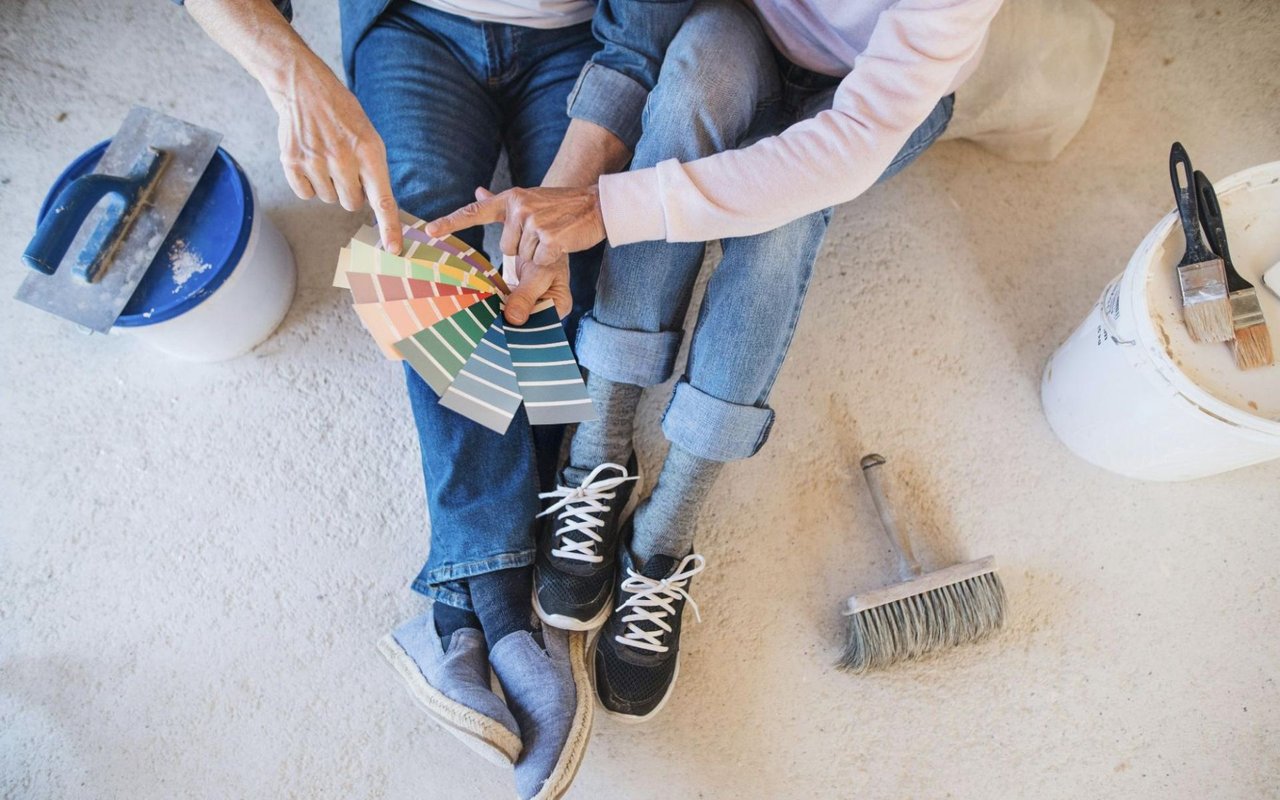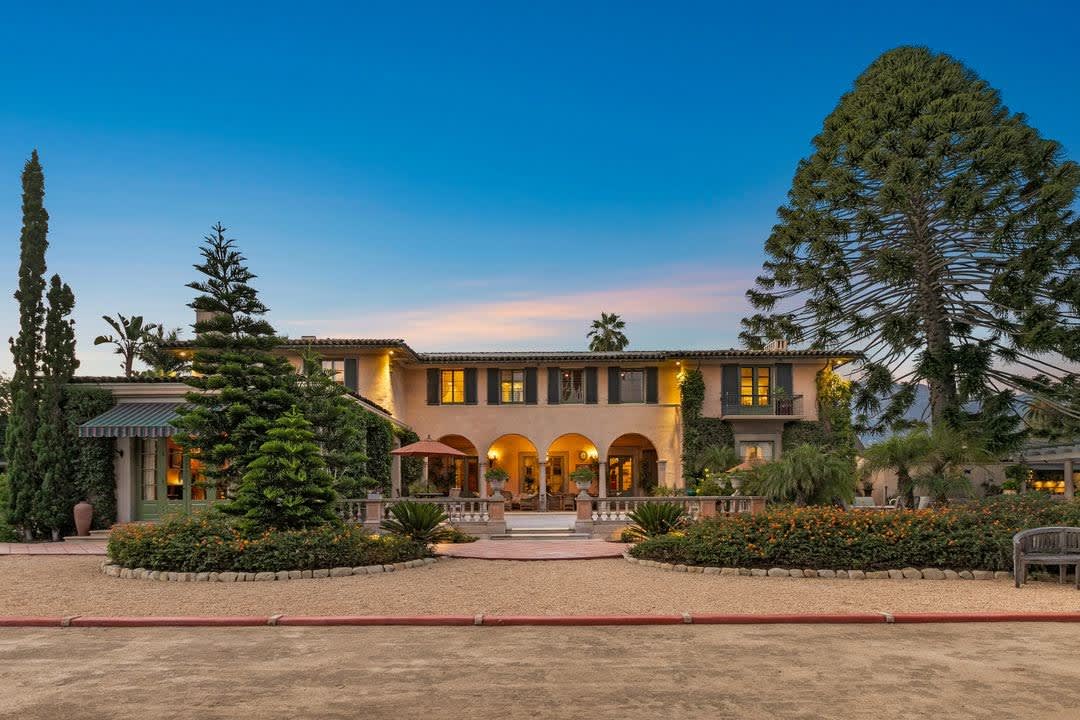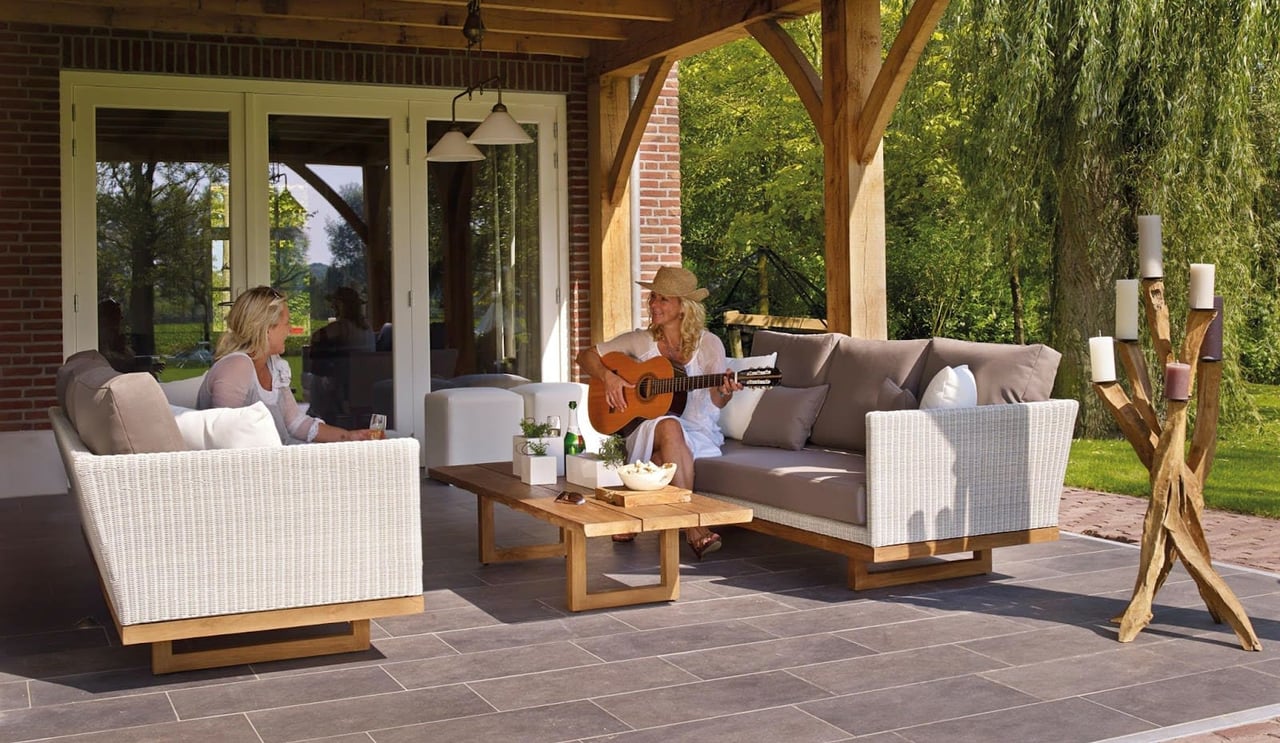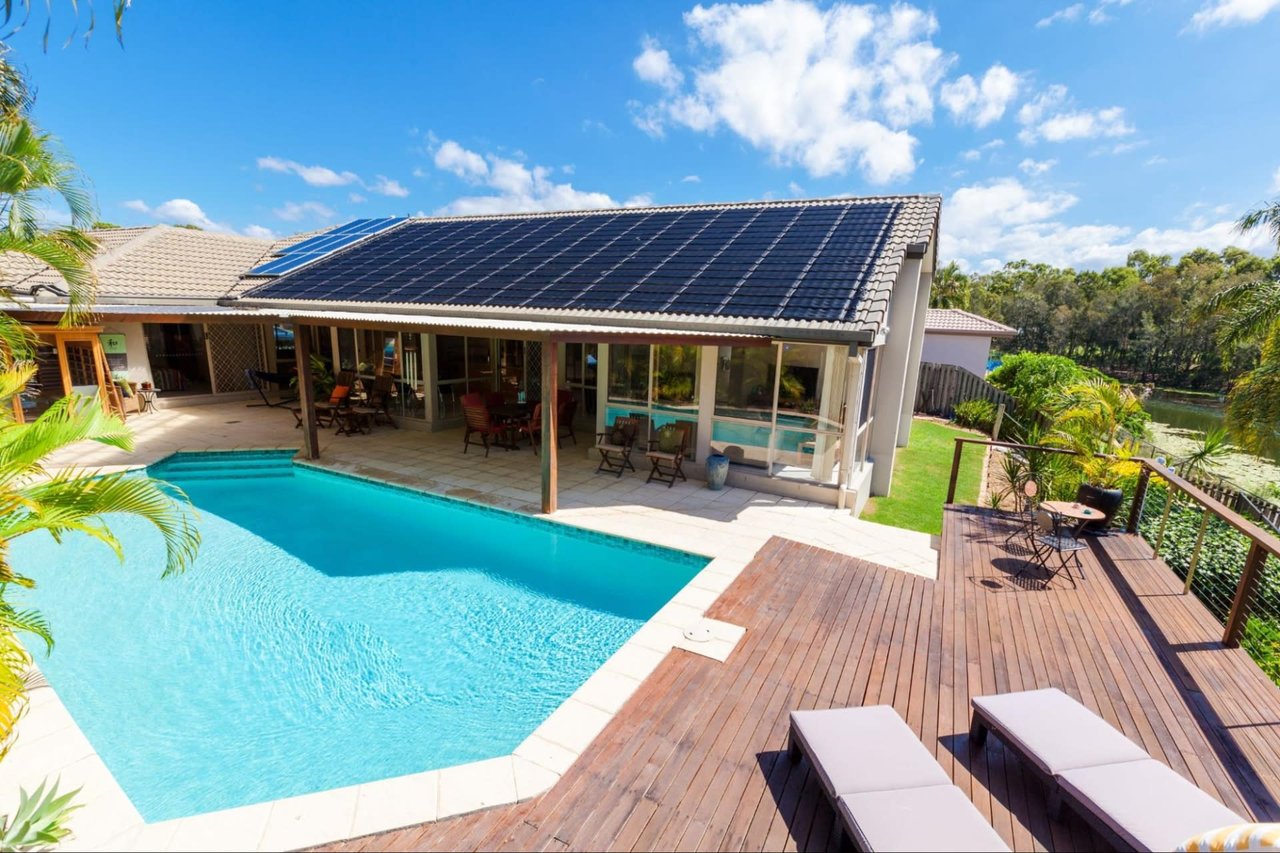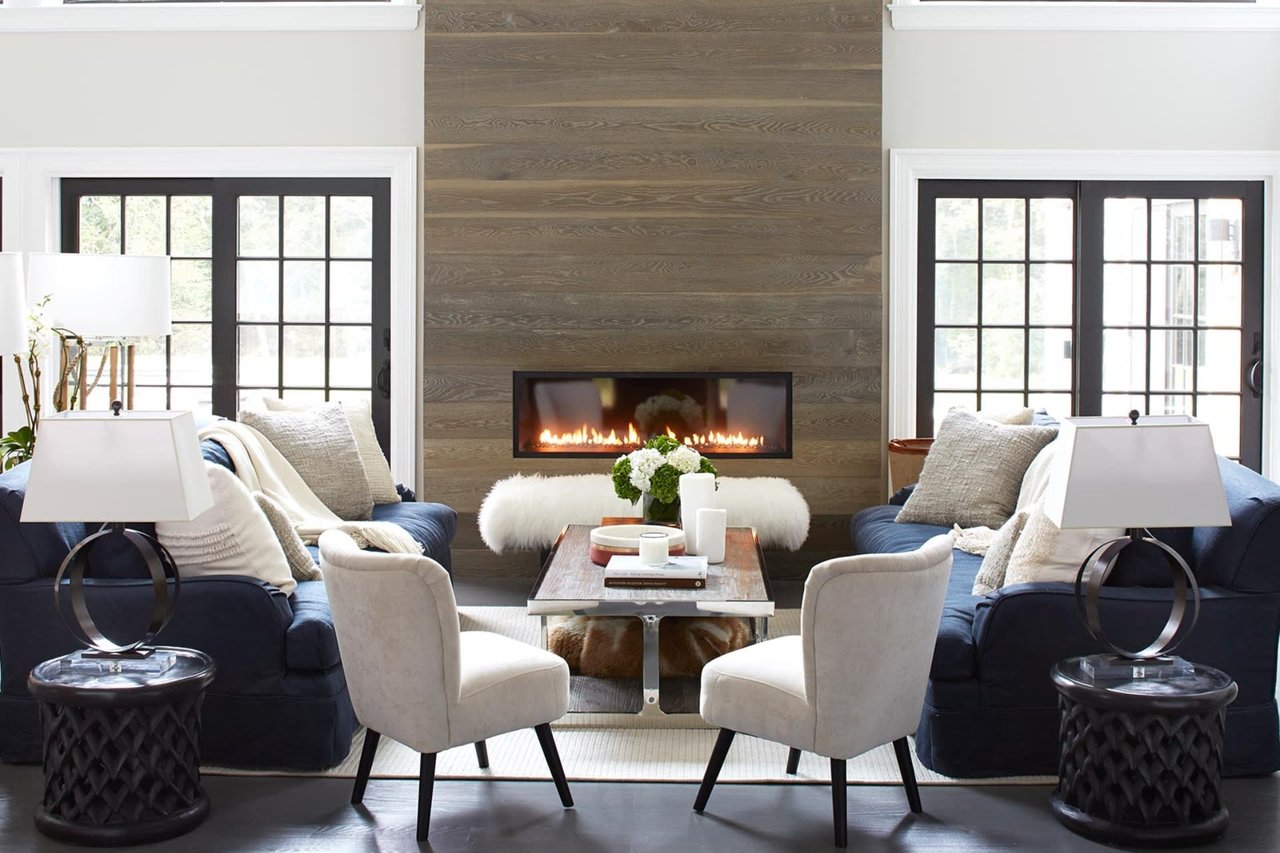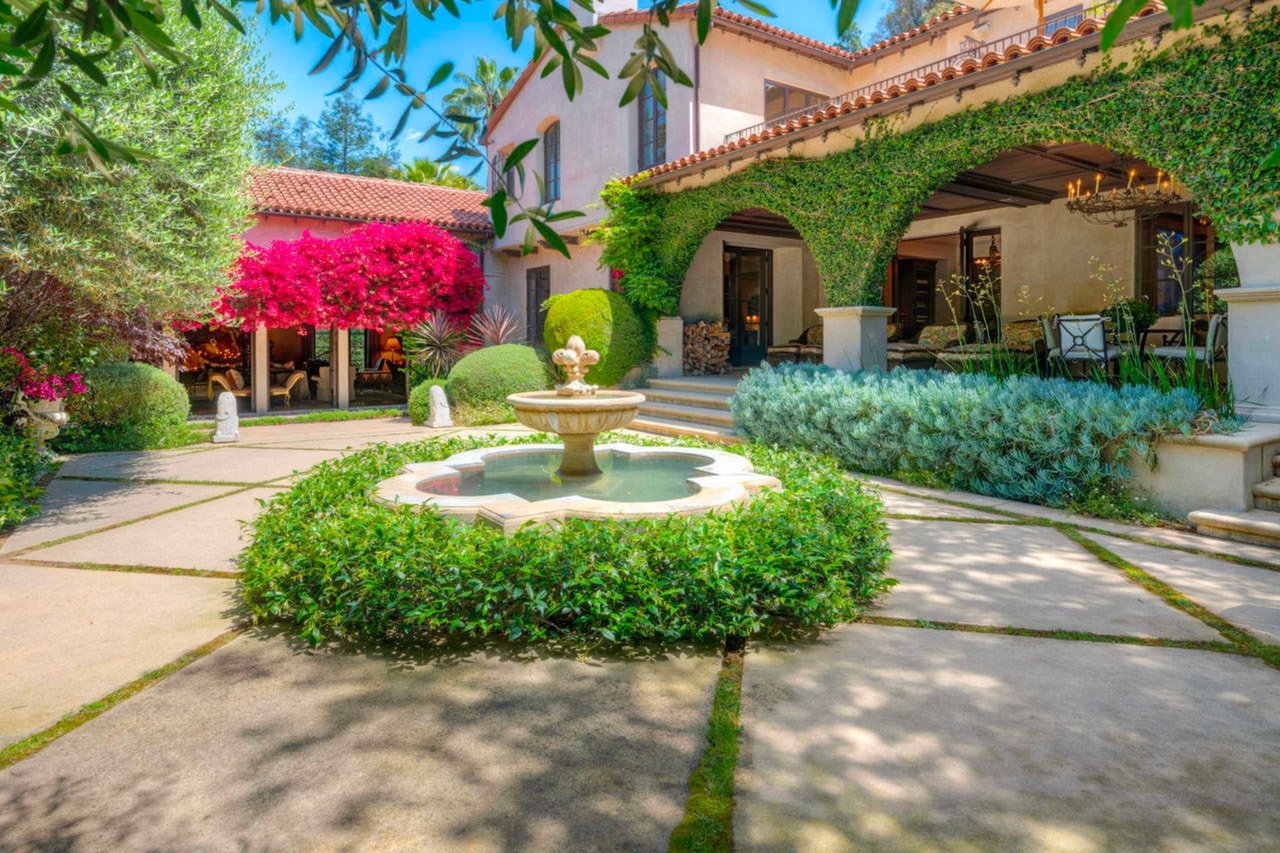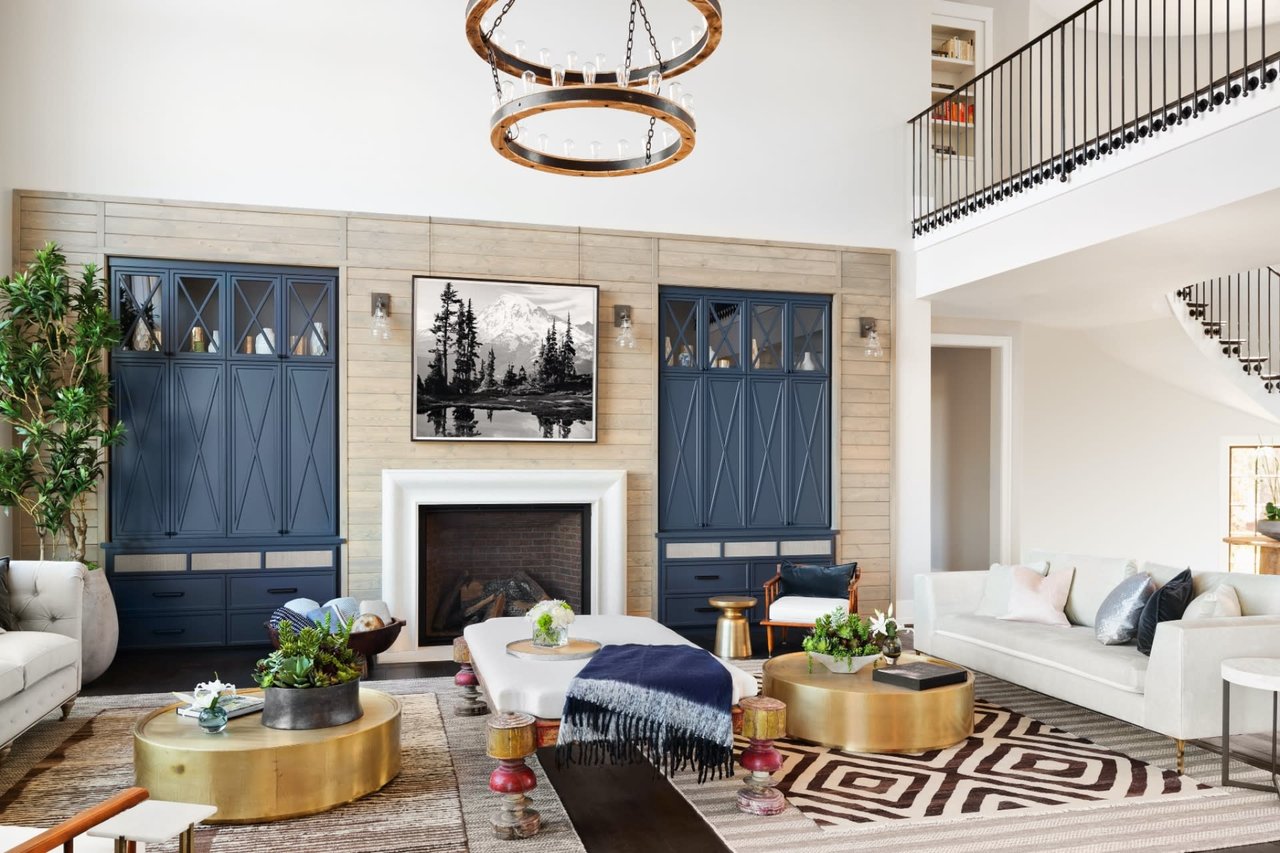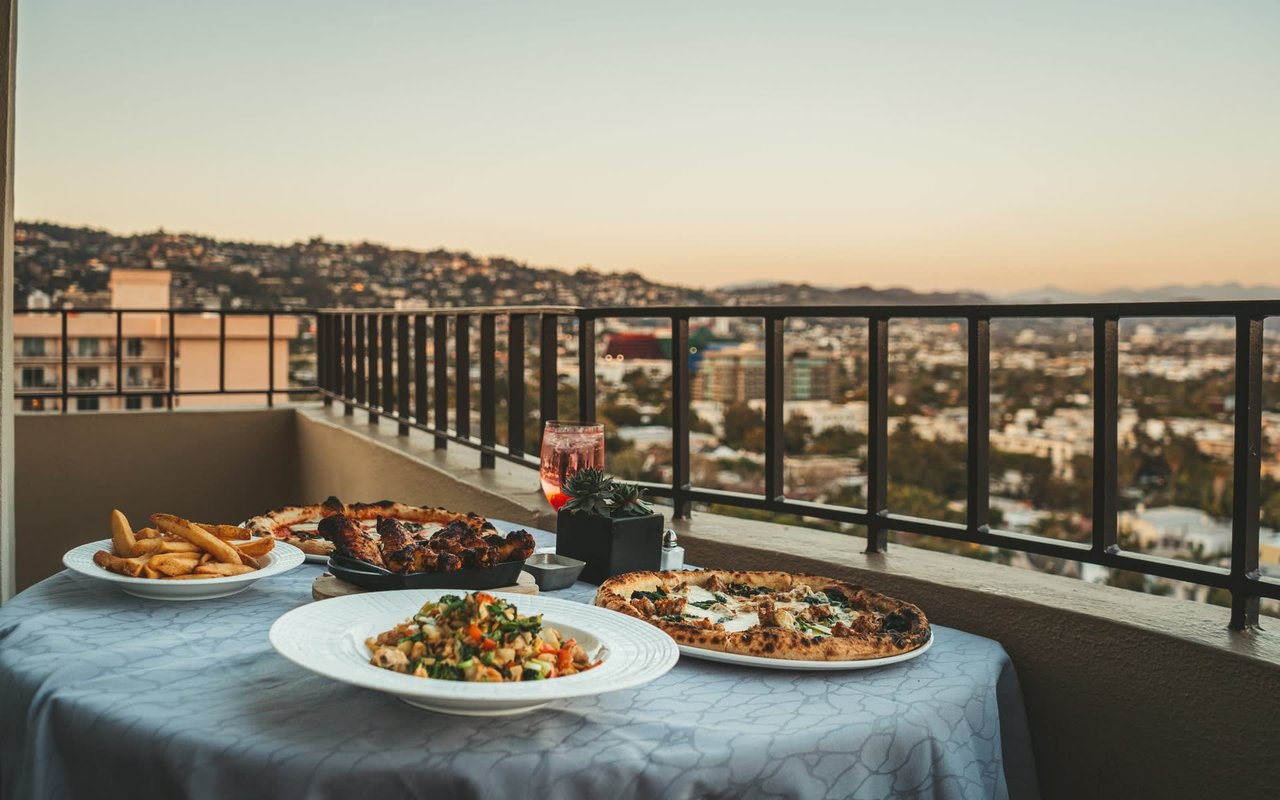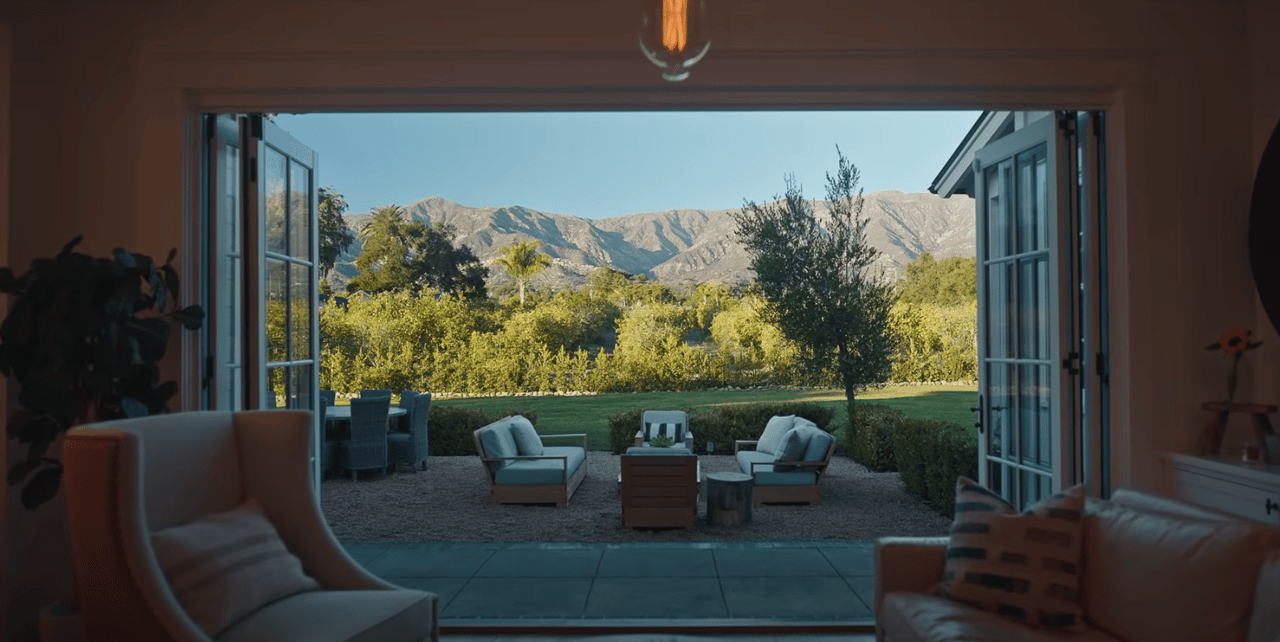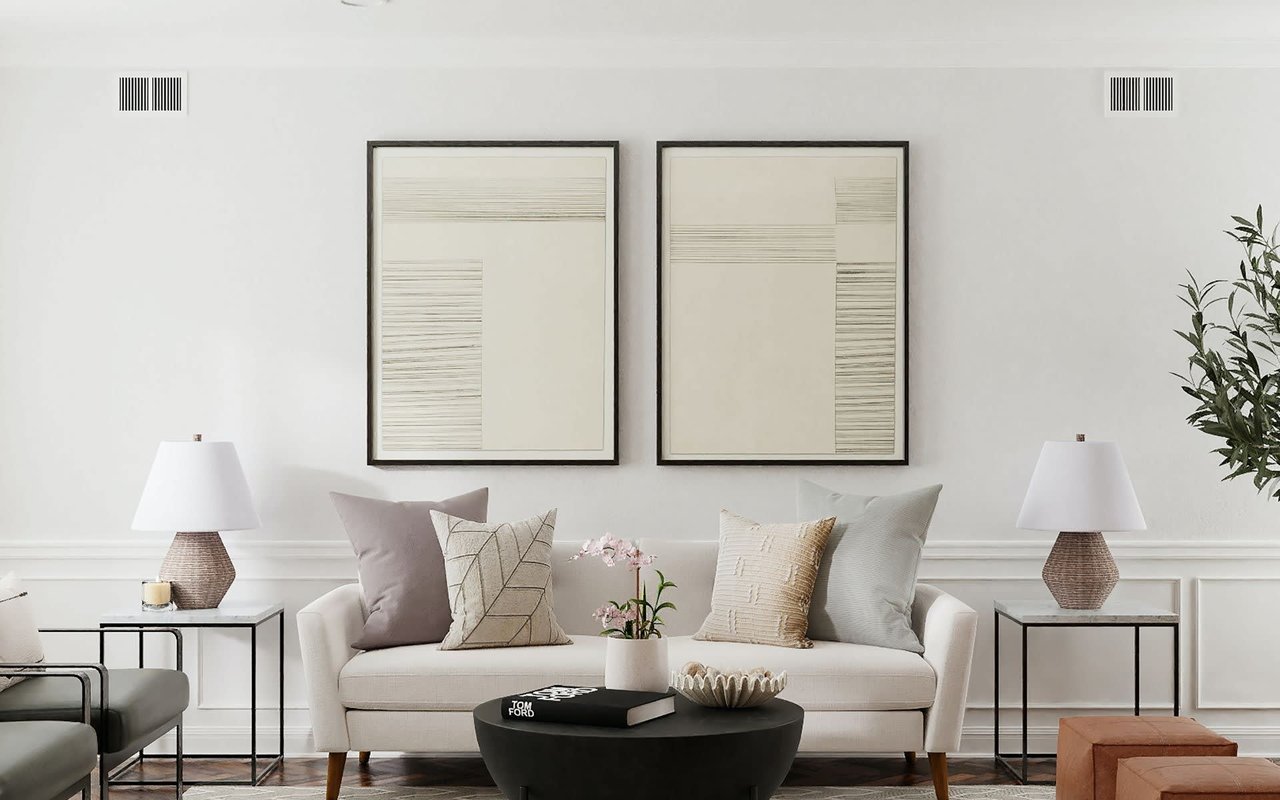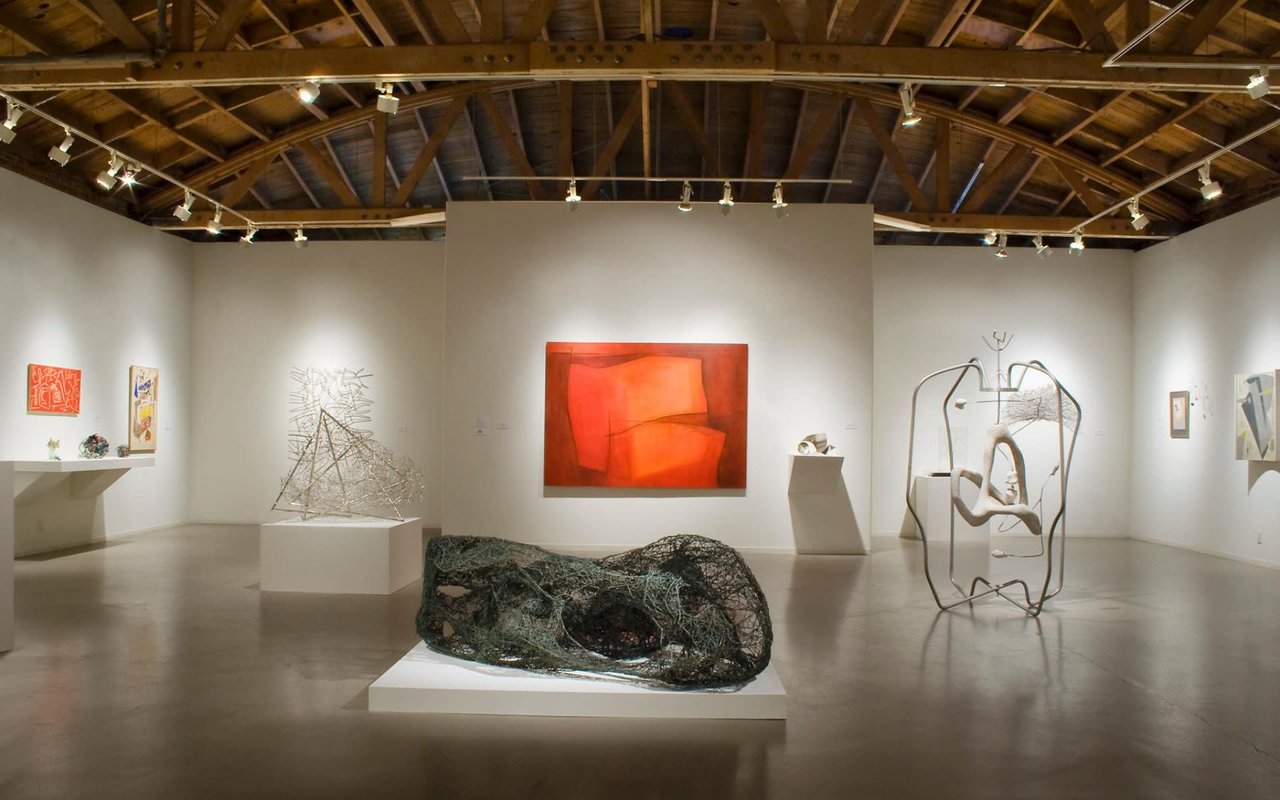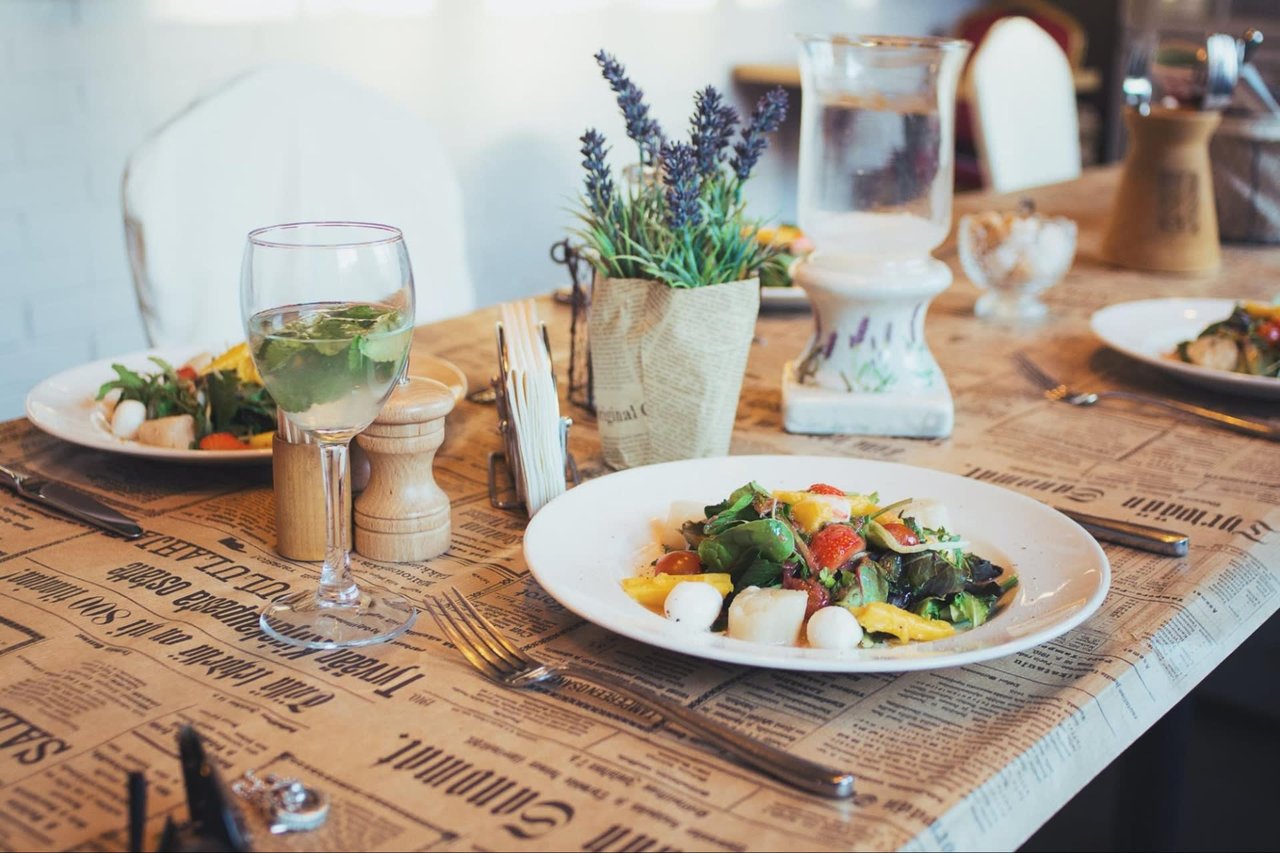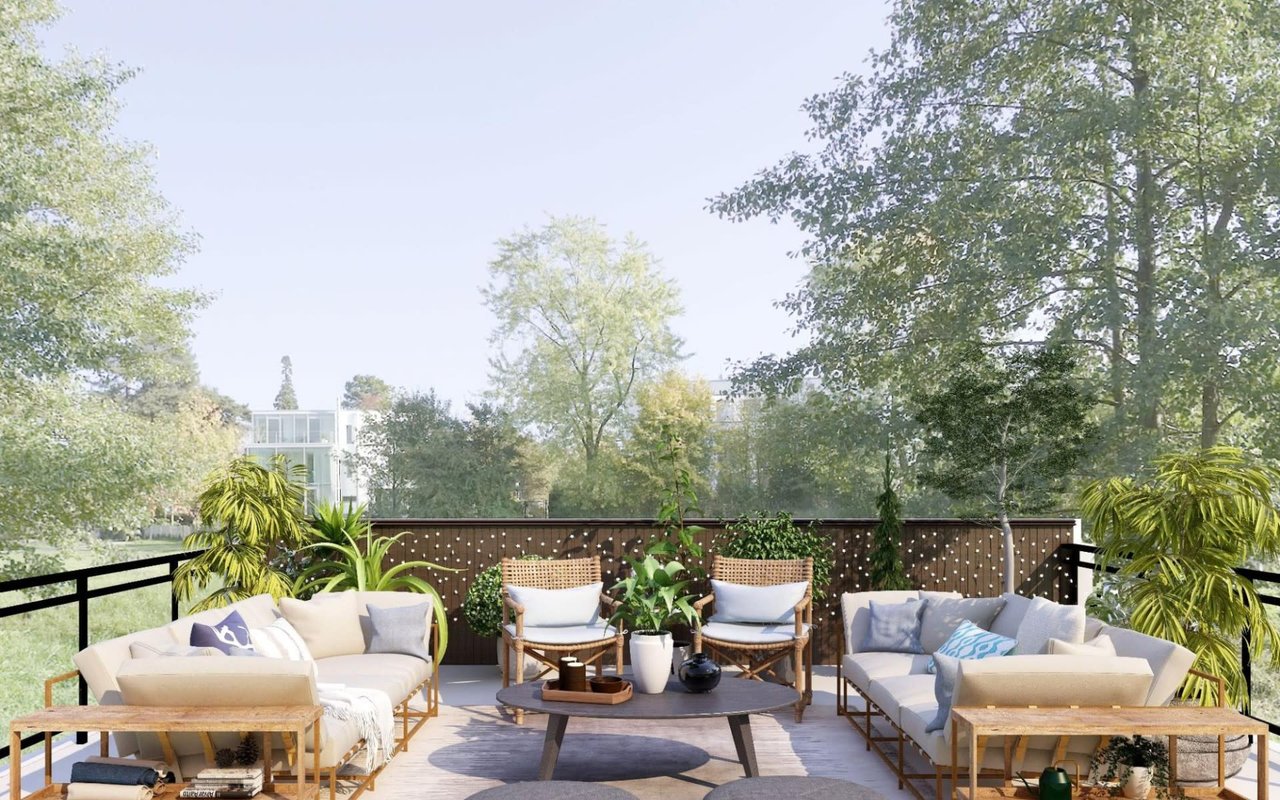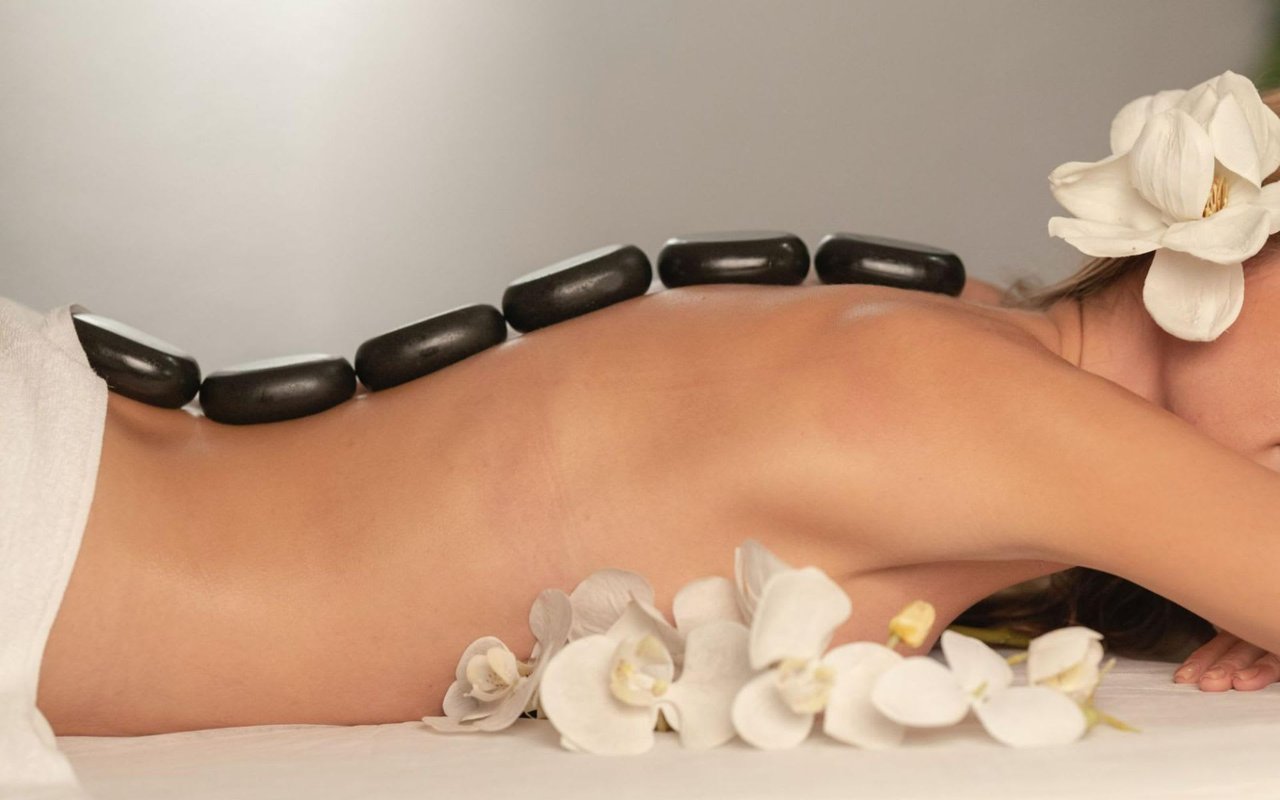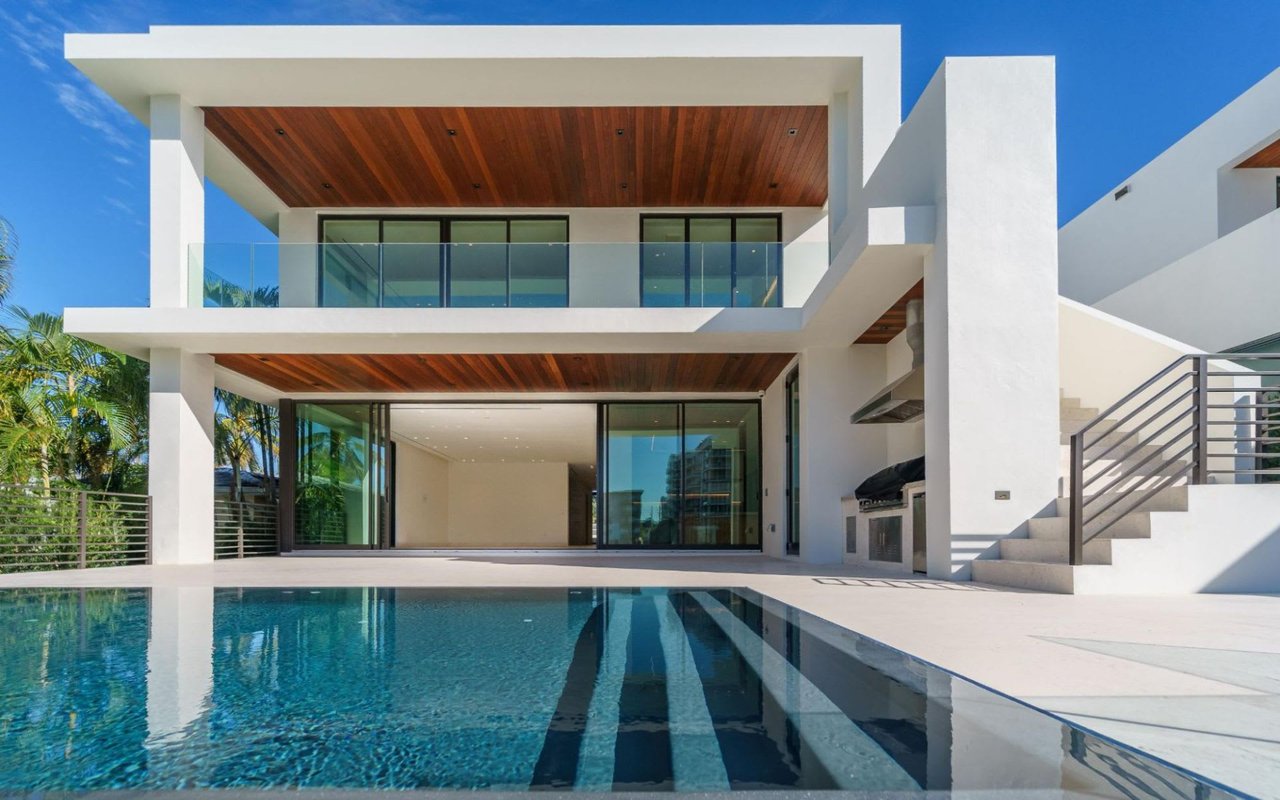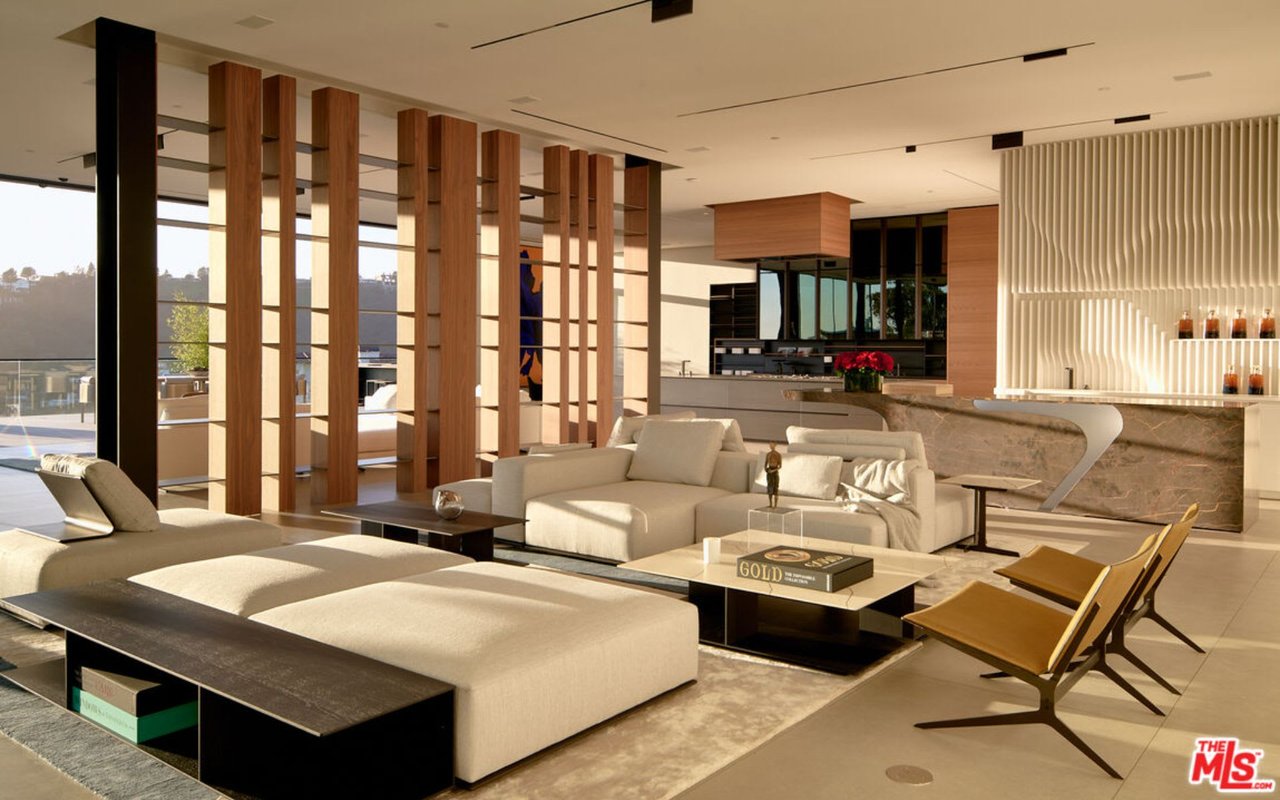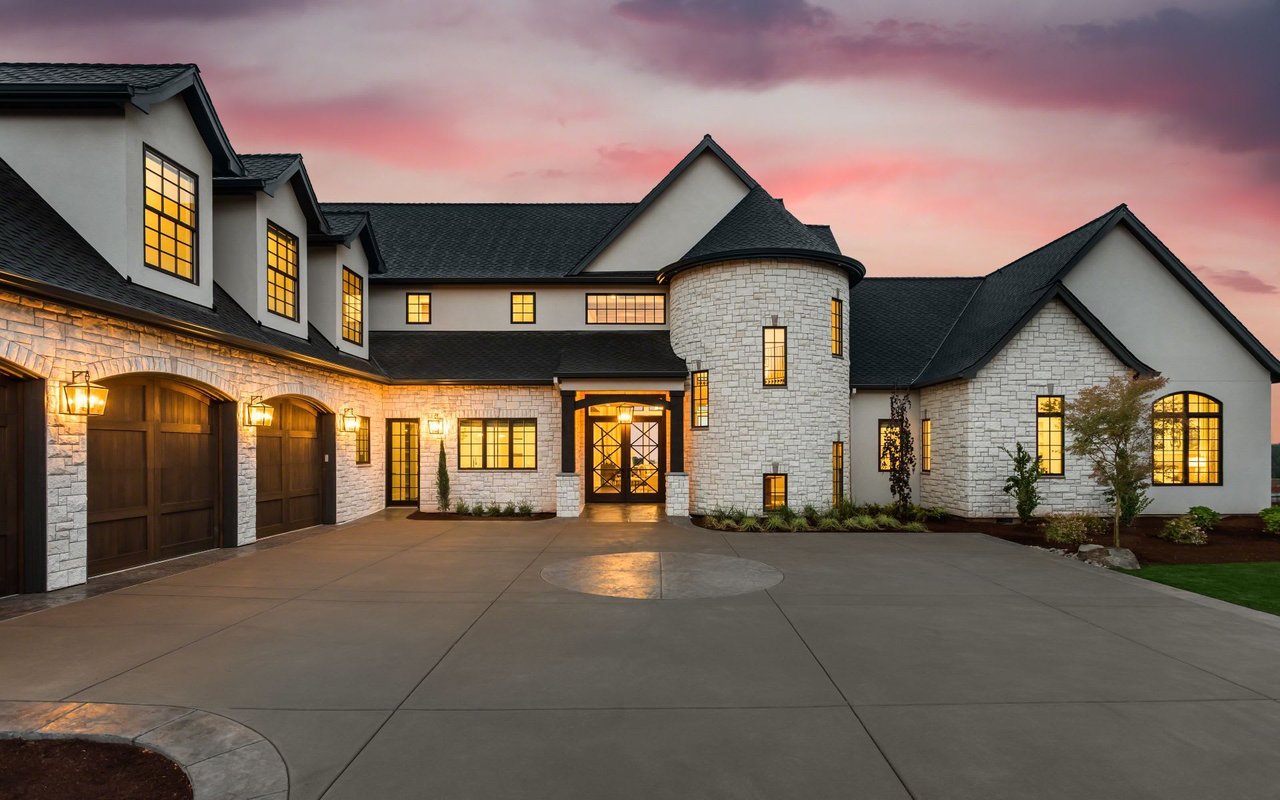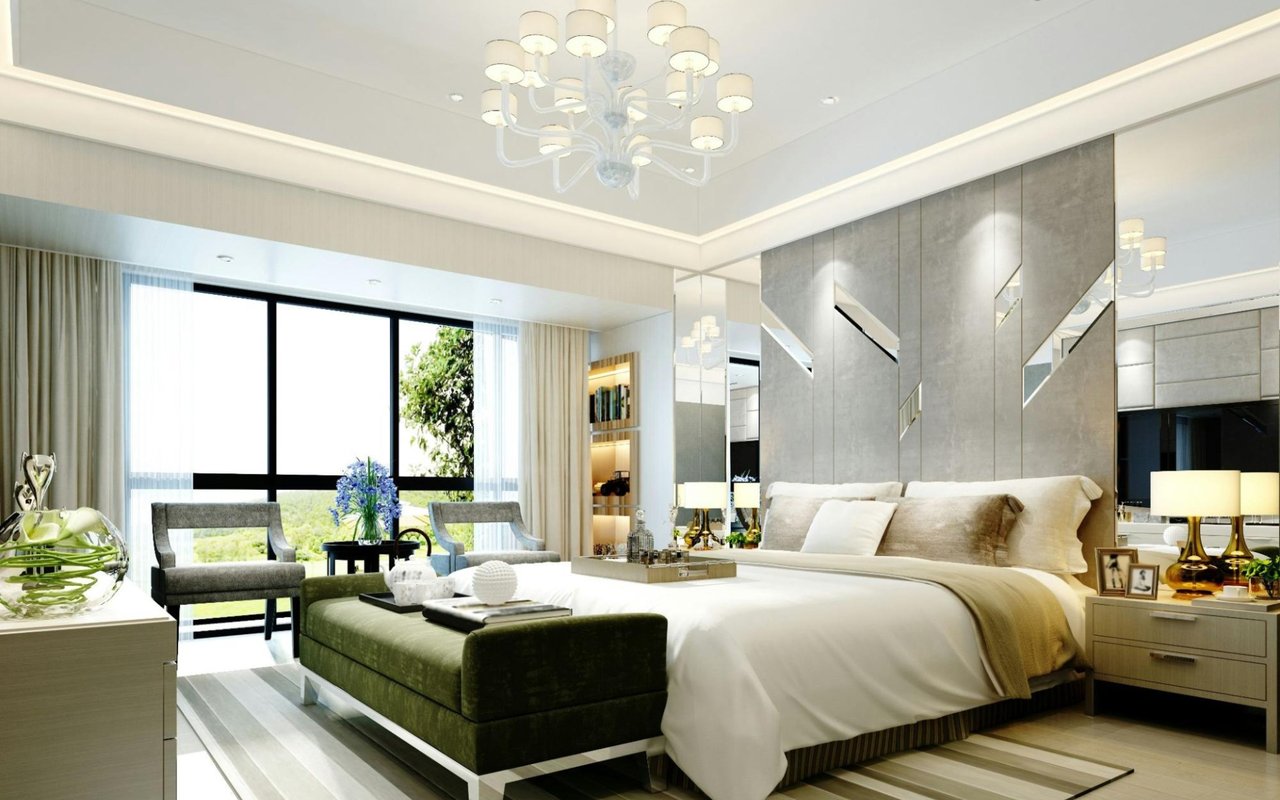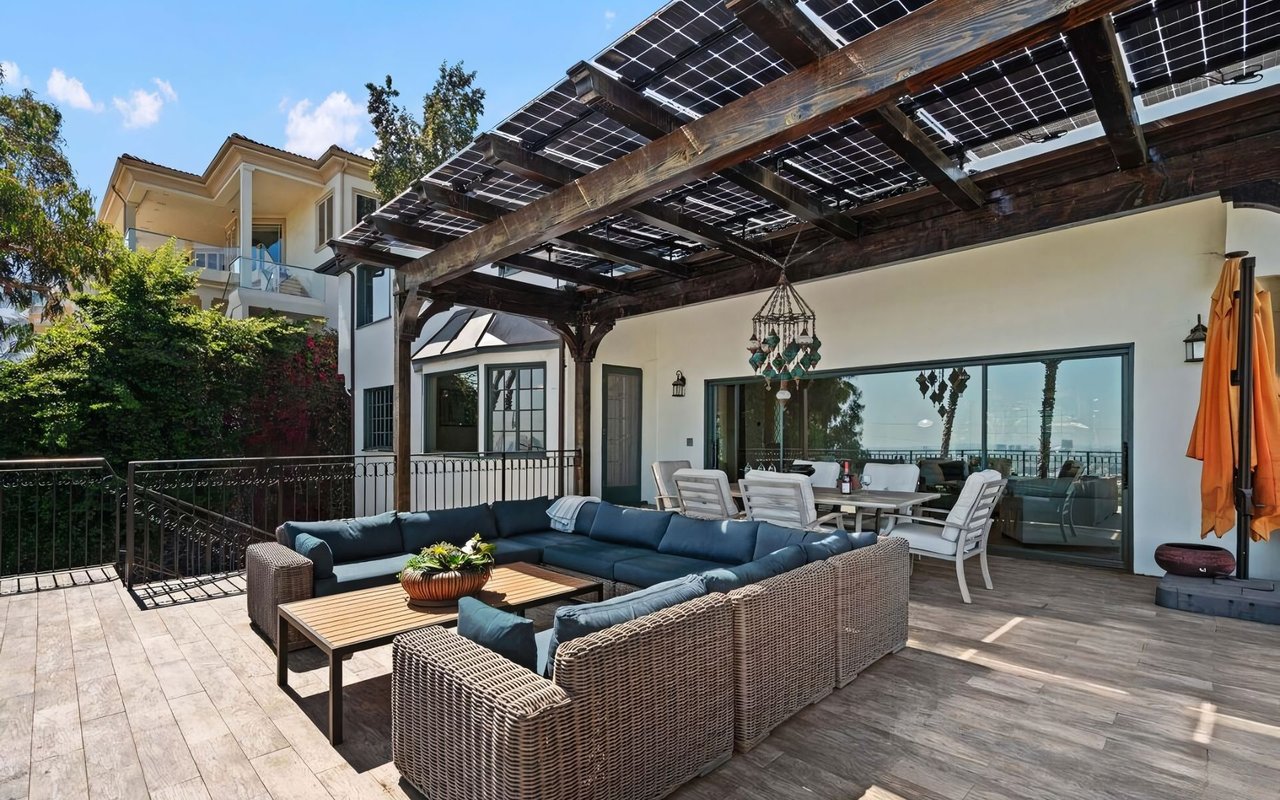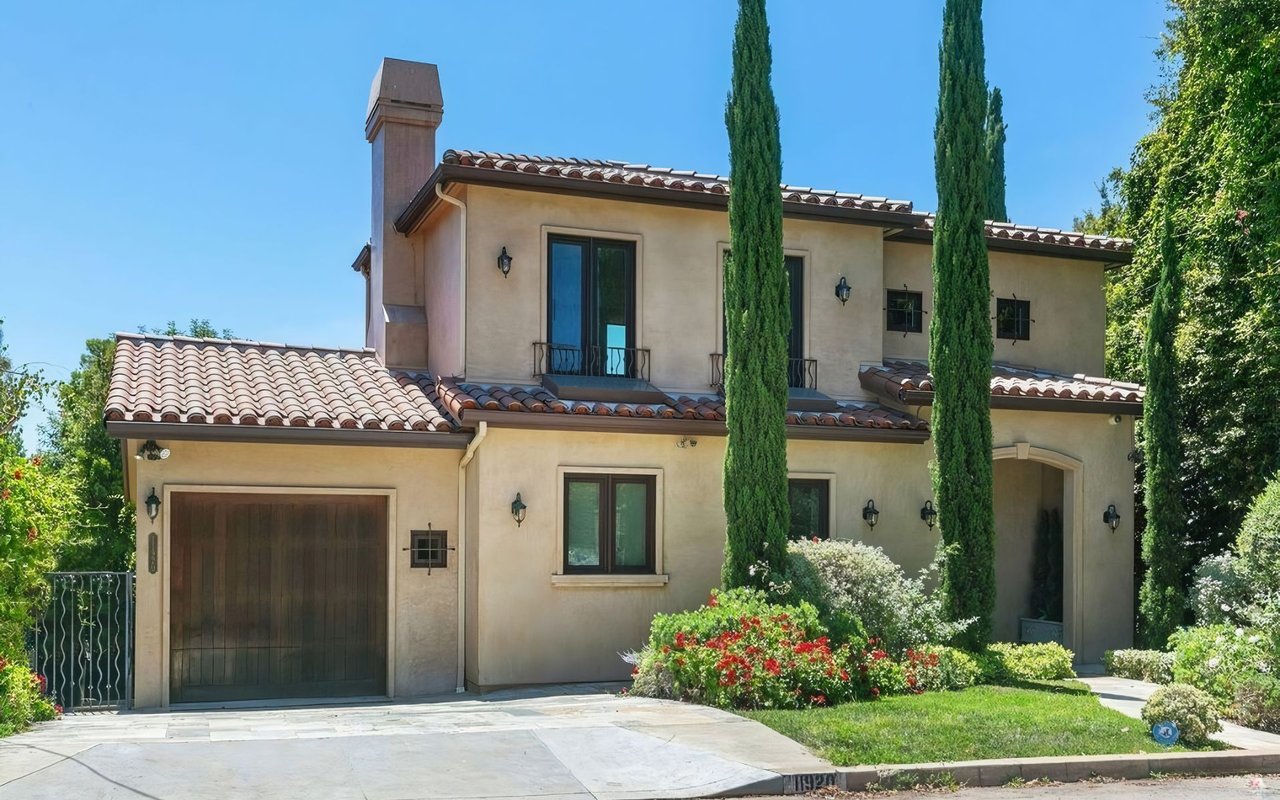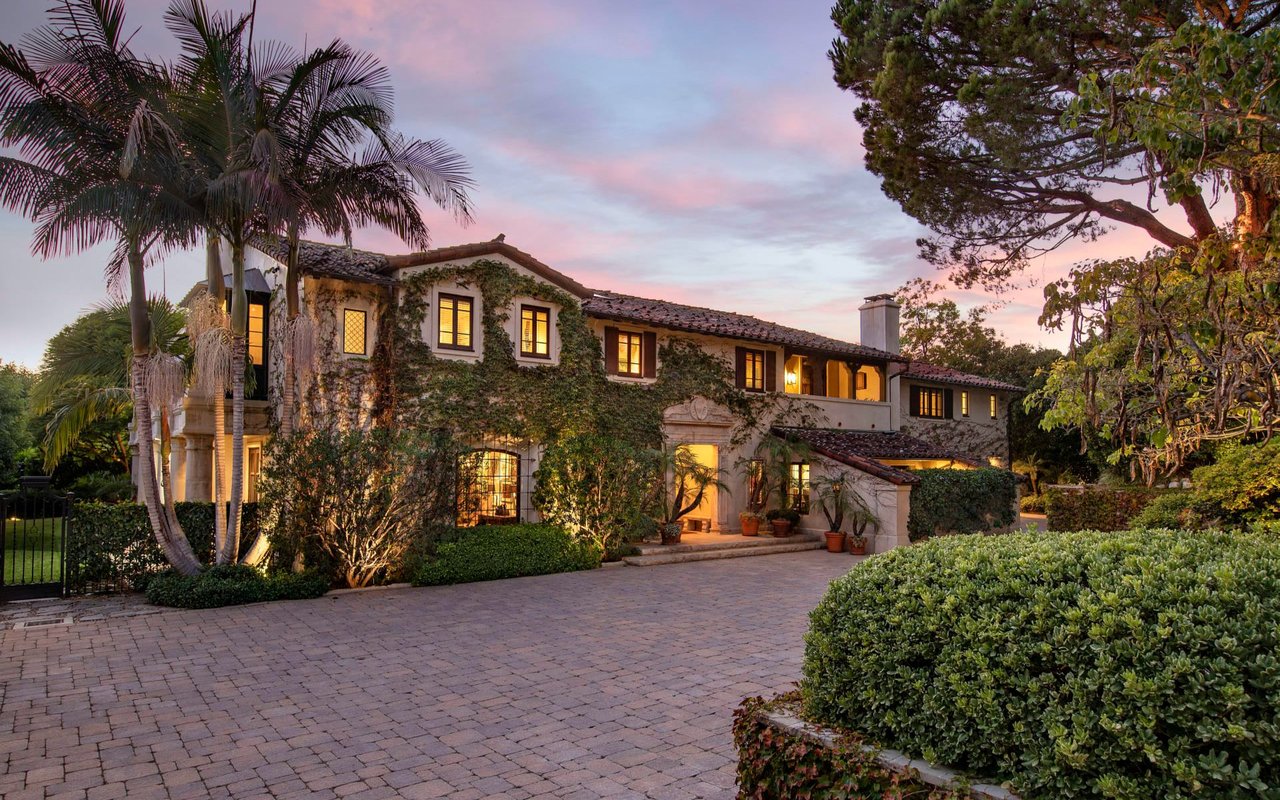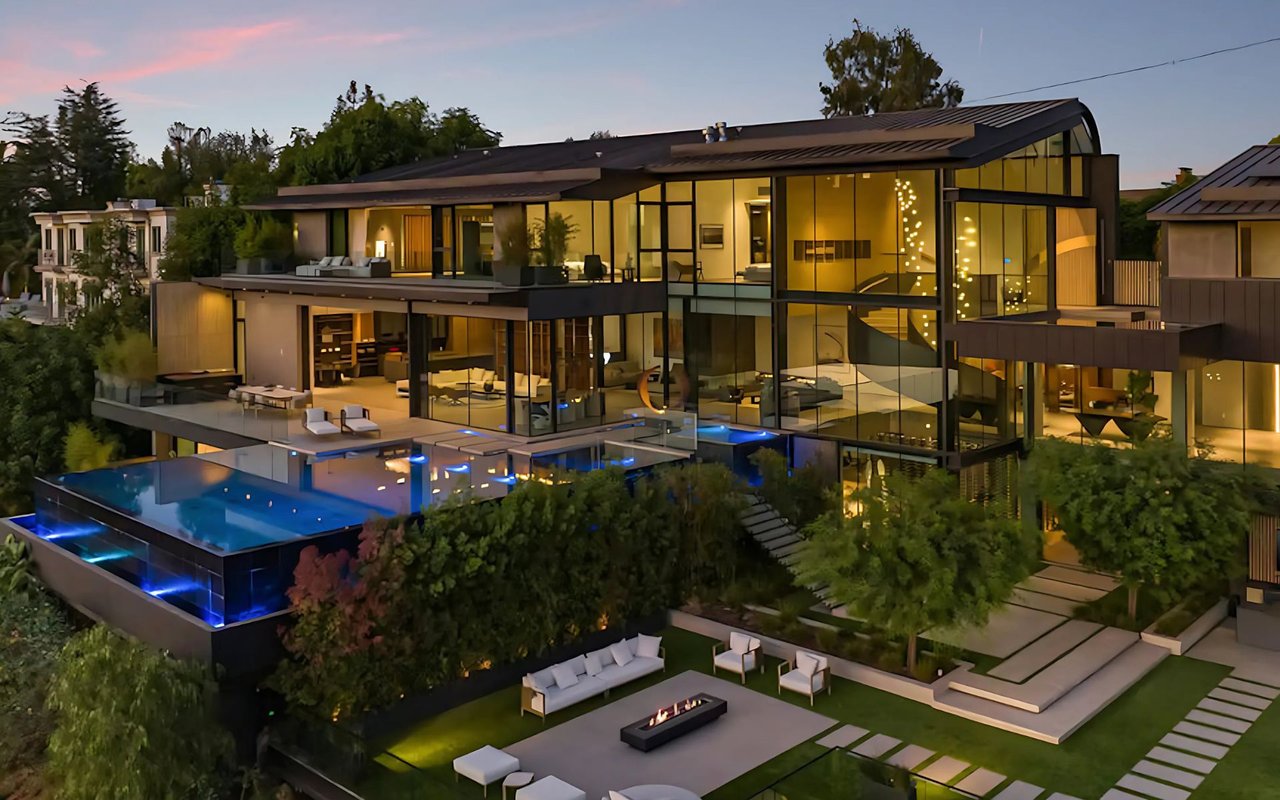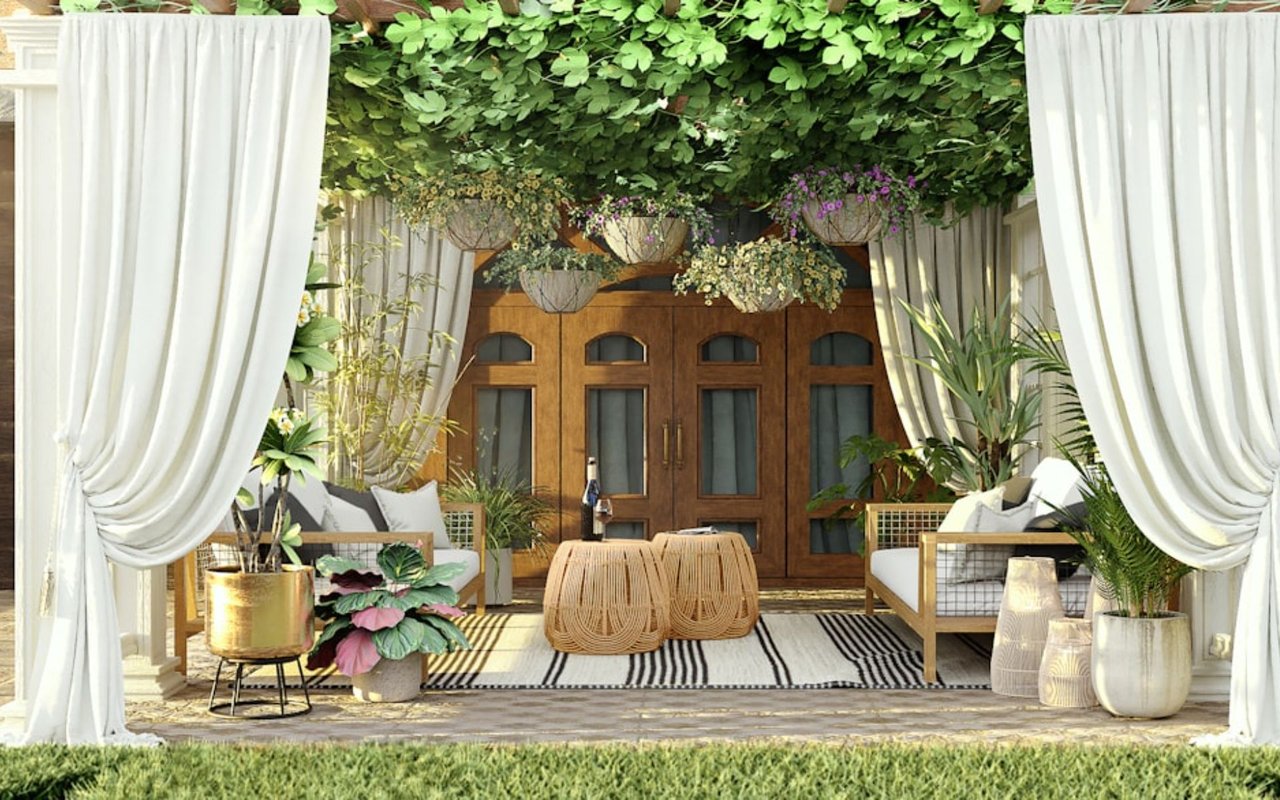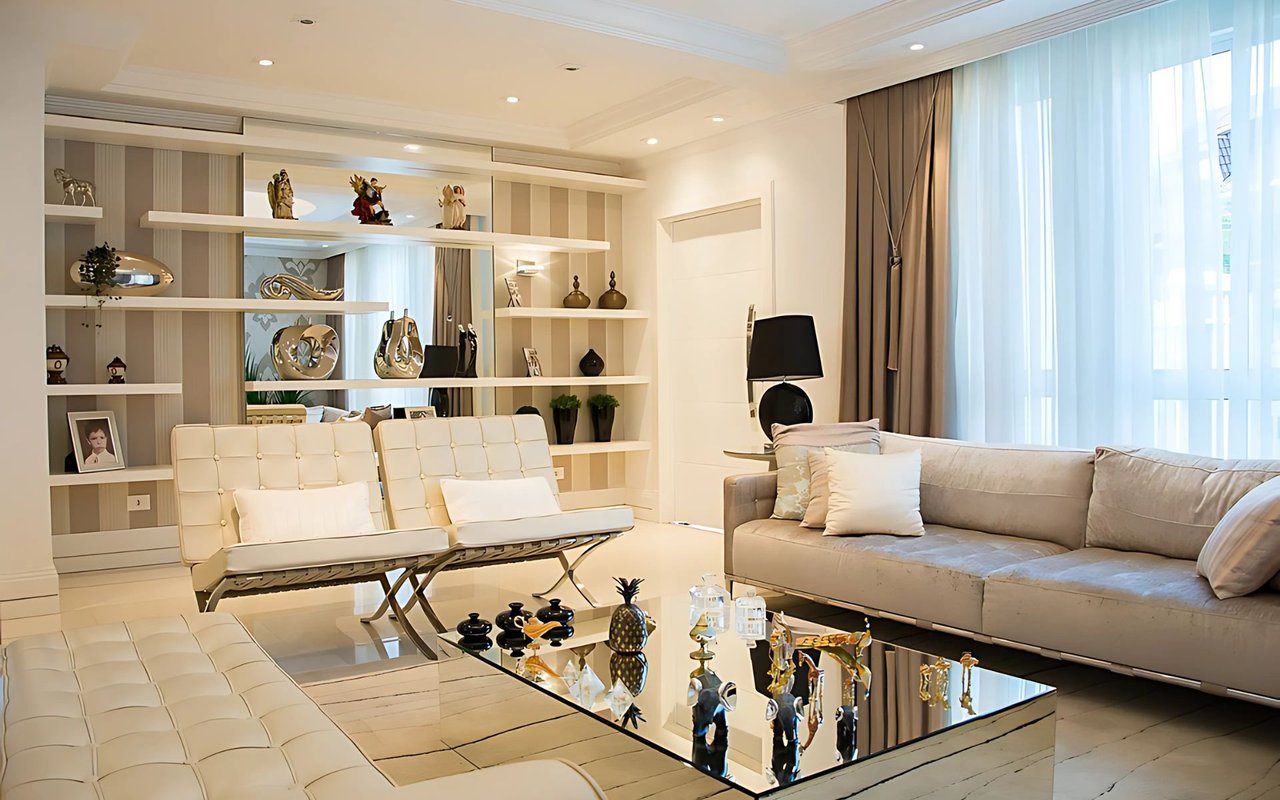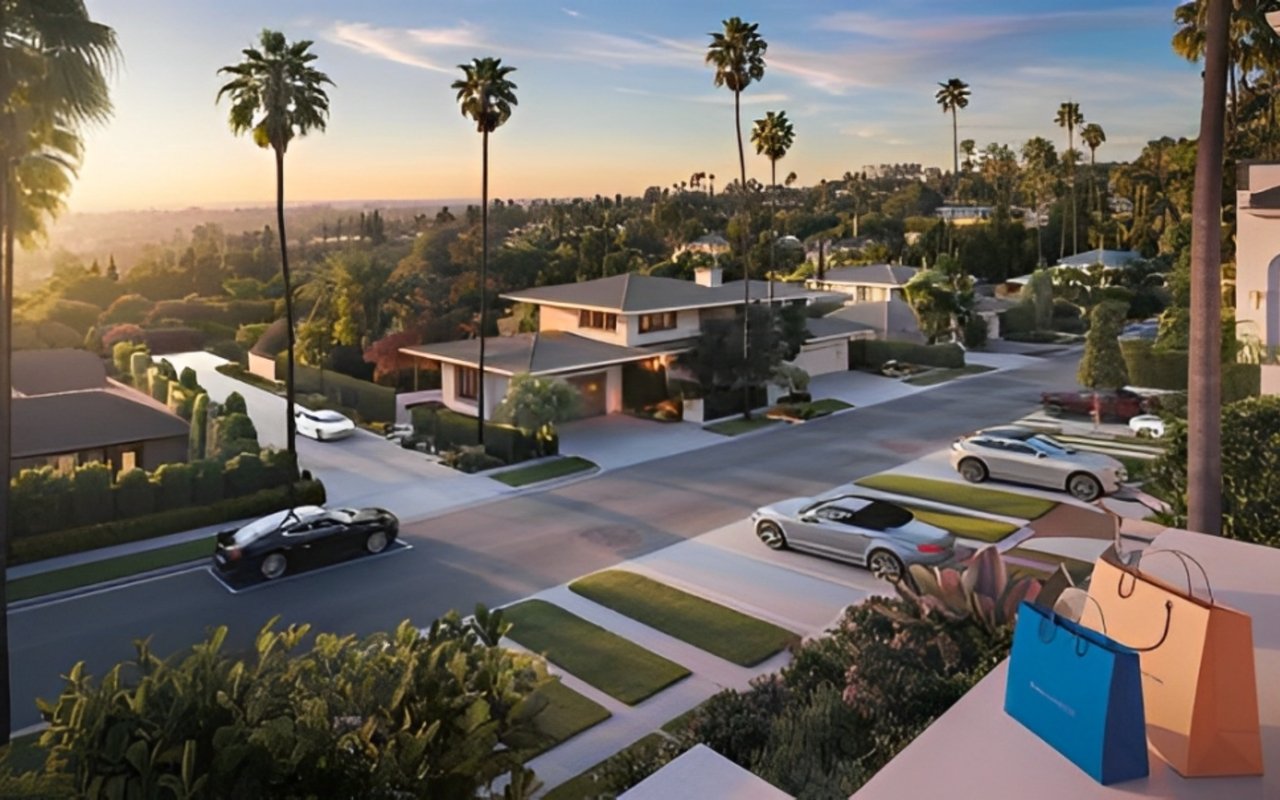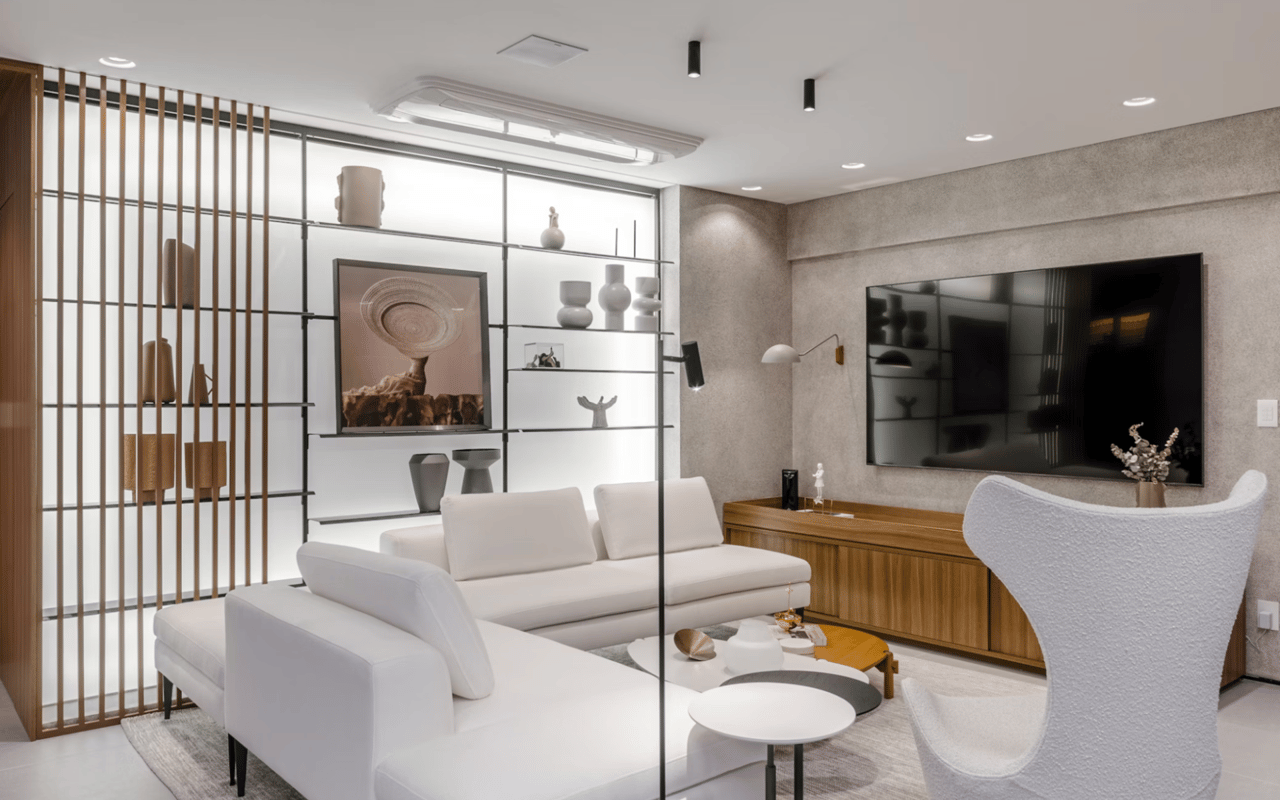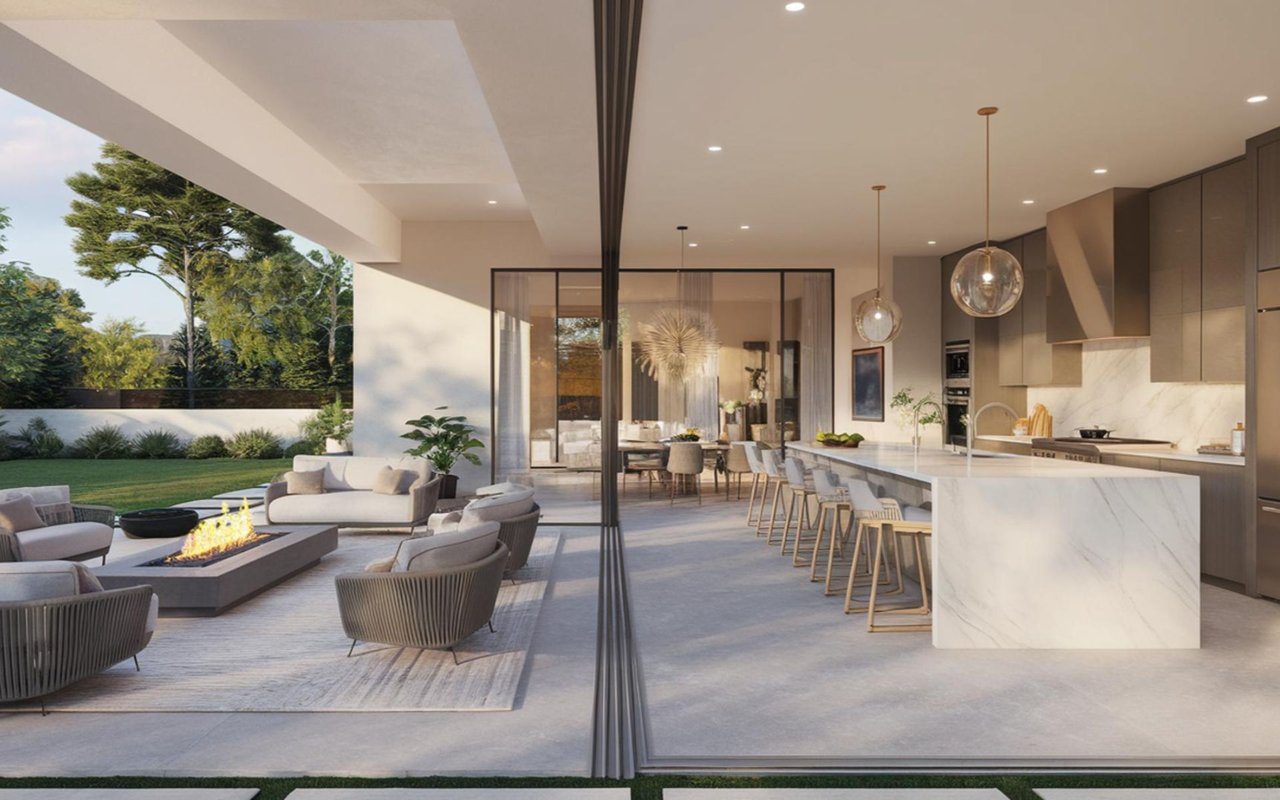Color has power. It influences your mood, changes how large or small a space feels, and shapes how people experience your home. When you're choosing paint colors for your Beverly Hills home, you're not just selecting hues from a swatch — you're crafting an environment that tells a story about who you are, how you live, and the atmosphere you want to create.
In a market as visually influential as Beverly Hills, where luxury design and elegant personal style go hand in hand, paint color becomes more than just a finishing touch. It’s part of the architecture and the experience. Whether you're redecorating a single room or transforming your entire property, understanding the science of color will help you make choices that enhance every inch of your living space.
Understanding Color Psychology
Warm colors like red, orange, and yellow stimulate the senses and are often used in spaces where you want energy and conversation. These tones can add vibrancy to a dining area, create warmth in a sitting room, or even bring a cheerful touch to a hallway.
Cool colors, such as blue, green, and violet, are calming and restorative. They’re ideal for bedrooms, bathrooms, or quiet reading spaces where serenity matters. Neutral tones, including gray, beige, and taupe, act as sophisticated backdrops and blend seamlessly with high-end furnishings and modern architecture.
When you're redesigning your Beverly Hills home, don’t just choose what looks impressive on a sample. Think about how you want to feel in the room and how the space should feel to others.
Using Light To Your Advantage
Natural light changes throughout the day. Morning sunlight has a soft, cool tone, while afternoon light is warmer and more intense. In rooms with oversized windows or skylights, your paint will shift in tone depending on the time of day, creating dynamic visual interest — or revealing undertones you hadn’t anticipated.
Artificial lighting matters just as much. Incandescent bulbs give off a warm, yellow glow that enhances reds and oranges but can mute blues and greens. Meanwhile, LED and fluorescent lighting can bring out cooler tones or make a color appear more sterile than expected.
Before committing to a color, test samples in the room at different times of day and under both natural and artificial lighting. Watch how the hue behaves, and ask yourself whether it supports the ambiance you're trying to achieve.
Creating Flow Throughout Your Home
This doesn’t mean every room should be painted the same color. Instead, choose a palette of complementary tones that work well together and tell a visual story from room to room. Soft variations of the same hue can provide subtle transitions, while distinct colors with shared undertones create harmony even in contrast.
An easy way to unify your space is to select one or two neutral anchor tones that recur throughout your home — on trim, ceilings, or shared wall areas — and then layer in more personalized colors for specific rooms. This method keeps your design sophisticated and intentional while still allowing for expression and variety.
Choosing Colors For Specific Rooms
Living Room
Kitchen
Dining Room
Bedroom
Bathroom
Office Or Study
Accent Walls And Finishing Touches
In a Beverly Hills home, where sophistication is key, accent walls work best when they enhance rather than dominate. Think about texture as well; matte finishes absorb light and feel soft and modern, while gloss finishes bounce light and add vibrancy.
Beyond the walls, don’t forget about ceilings and trim. A subtle color on the ceiling can elevate a space, while crisp white or contrasting trim makes architectural lines pop. These details create a layered, finished look that’s worthy of the most stunning interiors.
Make Color Work For You
Remember, paint is one of the most powerful and cost-effective design tools available. With the right hues and a little knowledge, you can transform your surroundings and create something truly unforgettable. Connect with The Di Prizito Group when you’re ready to achieve your homeownership goals in Beverly Hills.
